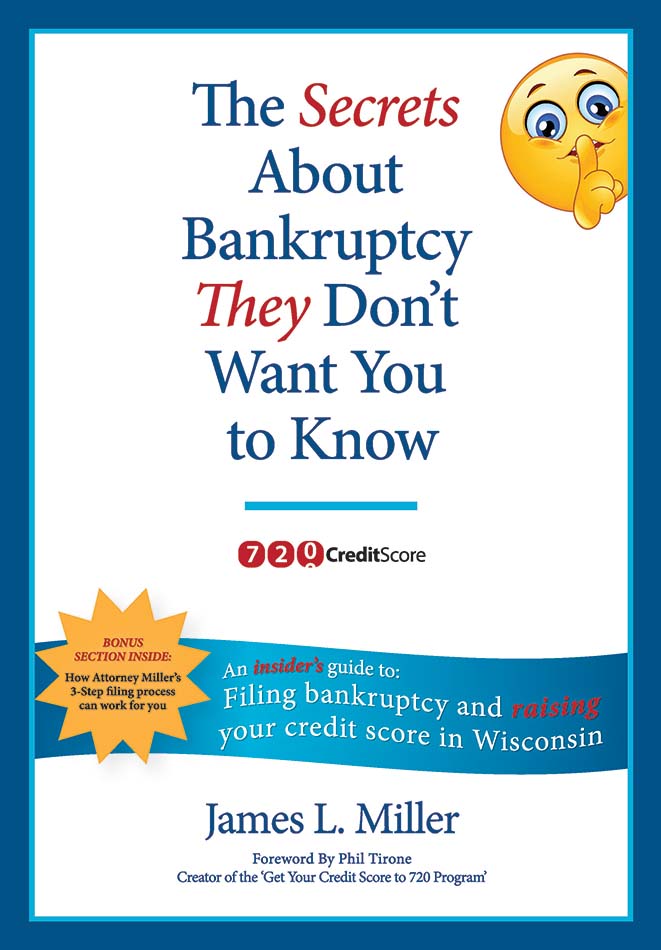If you, like many Wisconsin residents, have accumulated a significant amount of student loan debt, you may have heard that it is “impossible” to discharge a student loan debt in a bankruptcy. And to some extent, that has been true. The federal courts have taken a vague phrase from the Bankruptcy Code and interpreted to create a virtually insurmountable wall between bankruptcy discharge and a student loan.
However, a case that originated out of the bankruptcy court for the Eastern District of Wisconsin might be heard by the U.S. Supreme Court and that could lead to a change in how courts interpret the phrase “undue hardship.”
It is this phrase that creates untold grief for millions of borrowers trapped with massive student loans. Congress failed to define the words in the statute, meaning courts have had to create their own definitions.
The most widely used definitional test is from a case out of New York in the 1980s. There, the court created what has become known as the “Brunner Test,” from the name of the debtor involved.
This three-part test defines undue hardship and requires that a debtor shows that they have no hope of ever obtaining sufficient earning capacity to repay their student loan debt.
In the first element of the test, the debtor must show they cannot maintain a “minimal standard of living” if they have to repay their debt.
Second, the debtor’s condition must be “likely to persist” for most of the loan repayment period.
And third, the debtor must show that they have used a “good faith” effort to repay the loan.
In the case from Wisconsin, the court of appeal found the debtor failed to meet this showing. Next post, we will look at that case more closely.
Source: Bloomberg.com, “The Supreme Court May Weigh In on a Student Debt Battle” Natalie Kitroeff, October 19, 2015

